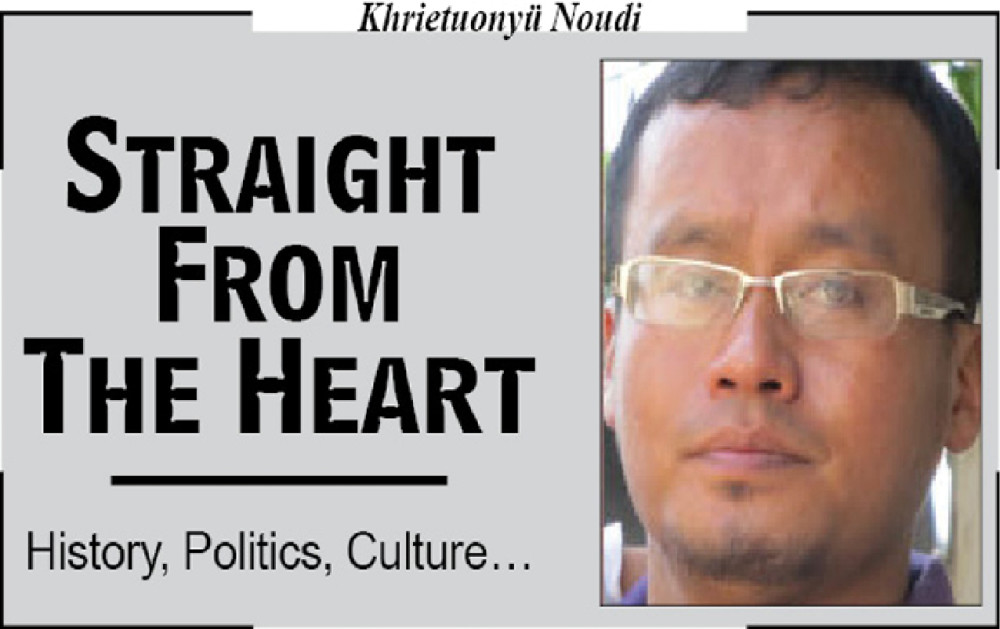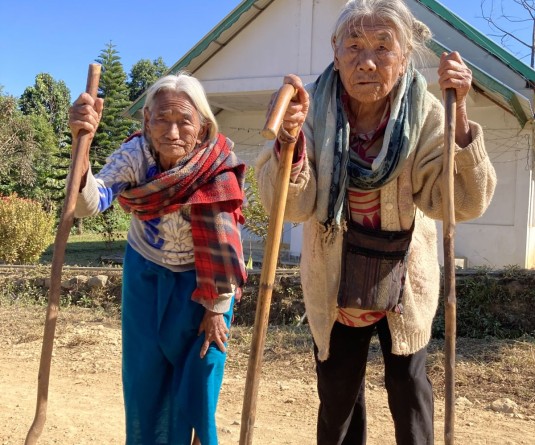
Steve McCurry is an acclaimed international photographer. He travelled around the world capturing iconic images with his camera. He usually went to war-torn countries and poverty stricken lands ravaged by natural as well as man-made calamities like flood, famine, earthquake, fire etc. In those impoverished lands far away from the calm and serene societies, he would capture the stories with his camera and bring them to the doorsteps of people living in comfort and luxury and thereby prick and shake the conscience of mankind the world over.
For many years, Steve McCurry worked for the renowned magazine “National Geographic”. And it was during one of his expeditions for this magazine that he created history while capturing images with his camera in Pakistan. Though McCurry’s pictures are appreciated and revered the world over, one of the photos which he took in 1984 in a refugee camp in Pakistan has surpassed them all in fame, stature, history and legend. It is the picture of a young Afghan girl with remarkably sharp poignant green eyes staring straight into the camera.
In 1984, while passing through a refugee camp in Peshawar in Pakistan, the acclaimed photographer came across a large tent that was being used as a makeshift school for young girls. McCurry stepped into the tent and started taking pictures of the girls there. Soon he saw a young girl with extraordinary green eyes sitting in a corner. He did not wish to make the girl uncomfortable by straightaway going to her and taking her photograph. But after sometime when everybody in the tent seemed to be comfortable enough, McCurry, with the permission of the teacher, went to the girl with the green eyes and took some photos of her. Neither the photographer nor anybody in the tent knew that history was being made and that out of that unimpressive makeshift tent would emerge one of the most iconic and heart-touching images ever known to man. As for the girl with the poignant green eyes, she soon ran out and disappeared into the neighborhood never to be seen or heard again.
McCurry shared the facial photographs of the girl with his colleagues at the “National Geographic”. He wanted them to publish one of the photos on the cover of the magazine. The editors were of course impressed by the face of the girl but they did not wish to use the face on the cover of their renowned magazine. They thought that the picture was too disturbing, too explicit, too raw, too vulgar and too out of place for an international magazine like theirs which is distributed and read the world over. However, after some reluctance and persuasion, the editors finally agreed to use the face on one of the editions of their iconic magazine. And little did they know that their decision would have a reverberation and impact the world over on the hearts and minds of millions. The poignant face of the Afghan girl featured on the cover of the June edition of the magazine in 1985.
Once the magazine with the girl’s face on its cover reached the corners of the world, the office of the National Geographic was bombarded with letters, feedbacks and queries about the young girl. But the picture was taken only in a fleeting moment in an informal setting. So the magazine knew nothing about the girl who came to be known simply as the Afghan girl.
For seventeen long years, nothing was known about this girl with extraordinary green eyes. And it was only in the aftermath of 9/11 terrorist attack that the ‘National Geographic’ made a serious effort to find the girl so that they could at least attach a name and story to the iconic face. With much effort, the team from National Geographic was able to trace the girl who was now a woman living a hard strenuous life with a struggling husband and four children. After forensic analysis of the iris of the found woman with the photos taken 17 years earlier, it was proven beyond doubt that the Afghan girl whose face had become famous the world over was still alive totally oblivious of the impact and reverberations she had caused the world over for 17 long years.
Everywhere McCurry went, people asked him about this photograph. Most of the interviews he gave were centered on this photograph. He received thousands of letters, mails and queries about this photograph which he took fleetingly in an impoverished and haphazard setting. The impact that the face of this girl had in the hearts and minds of people was to say the least simply unbelievable and unparalleled. After seeing the face on the cover of the magazine, many people from around the world volunteered to go to Afghanistan to help the refugees, many people donated financially to the Afghan refugee cause, many parents offered to adopt the girl while many even offered to marry the girl simply because they were so touched and enamored by her poignant face. That’s the power of the human face.
How amazing, powerful and significant is the human face! Even without a single word being uttered, the face can convey a thousand words. The face is the first we see when we meet someone and the face conveys a thousand messages in itself even before any words come out of the mouth. And indeed, faces can leave a lasting impression on us.
Showing our faces at places can convey messages beyond words. We go to so many gatherings, parties and get-togethers but most of the times we don’t even talk to the people there. But somehow we feel satisfied because even if we do not exchange any words with them, we get a sense of their lives, worth and conditions by simply looking at them.
In every culture including ours, looking at the face of a dead person is considered something extremely significant. This is why, amongst the Angamis, when we are deeply hurt by someone we often say “a se nhie rei vor a zie meho hiecie” which means “do not even come and witness my face when I am dead”.
To categorize someone as good looking or not also depends a lot on the face. A person may have a proportionate body with impressive shapely figure. But if he/she does not have a good face, he/she would normally not be considered a good looking person. People are also impressed by the good shapes, structures or forms of other parts of our body but it is our name and face that is intrinsically linked to our identity. This is why passport photo is required in most of human dealings and transactions because our face is the only body part that can serve as our identity. And by passport-photo, we mean a picture of the face and not of any other part of our body because only our faces can speak tacit words.
In the Old Testament, we find that the brothers Esau and Jacob were estranged for many years because Jacob had tricked his elder brother Esau of his birthright and also took his father’s blessing that originally belonged to Esau. For this reason, Esau had sworn to kill his younger brother and Jacob had to flee to a faraway land to escape the wrath of his brother. After living and prospering in a faraway land for many years, Jacob finally decided to return home. But he was not sure whether his elder brother had forgiven him or not. So he sent words to his brother about his impending return and Esau gave words that he would meet Jacob in an outskirt field.
The day finally came and the two brothers met and they hugged, cried and kissed like crazy and all the anger, hatred, vengeance and bitterness melted away. They could not withhold the tears of joy and Jacob finally proclaimed to his brother, “Seeing your face, my brother, is like seeing the face of God”.
When Moses also descended from Mount Sinai with the Ten Commandments, his face shone so bright that the people could not even look at him because he had just encountered God. In the same way, if we have experienced God in one way or the other, our faces itself will tell our stories.
That’s the power of the human face. The face is the index of the mind. So whatever a man thinks in his mind is reflected in his face consciously or subconsciously. Our words, our deeds and actions and our lives should demonstrate such integrity and righteousness that people are moved and swayed with love, compassion, repentance, comfort, admiration and reverence whenever they see our faces. And our faces can become such radiance for others only when our lives reflect the glory of the man who bowed down his face and died for us in a Roman cross 2000 years ago.




